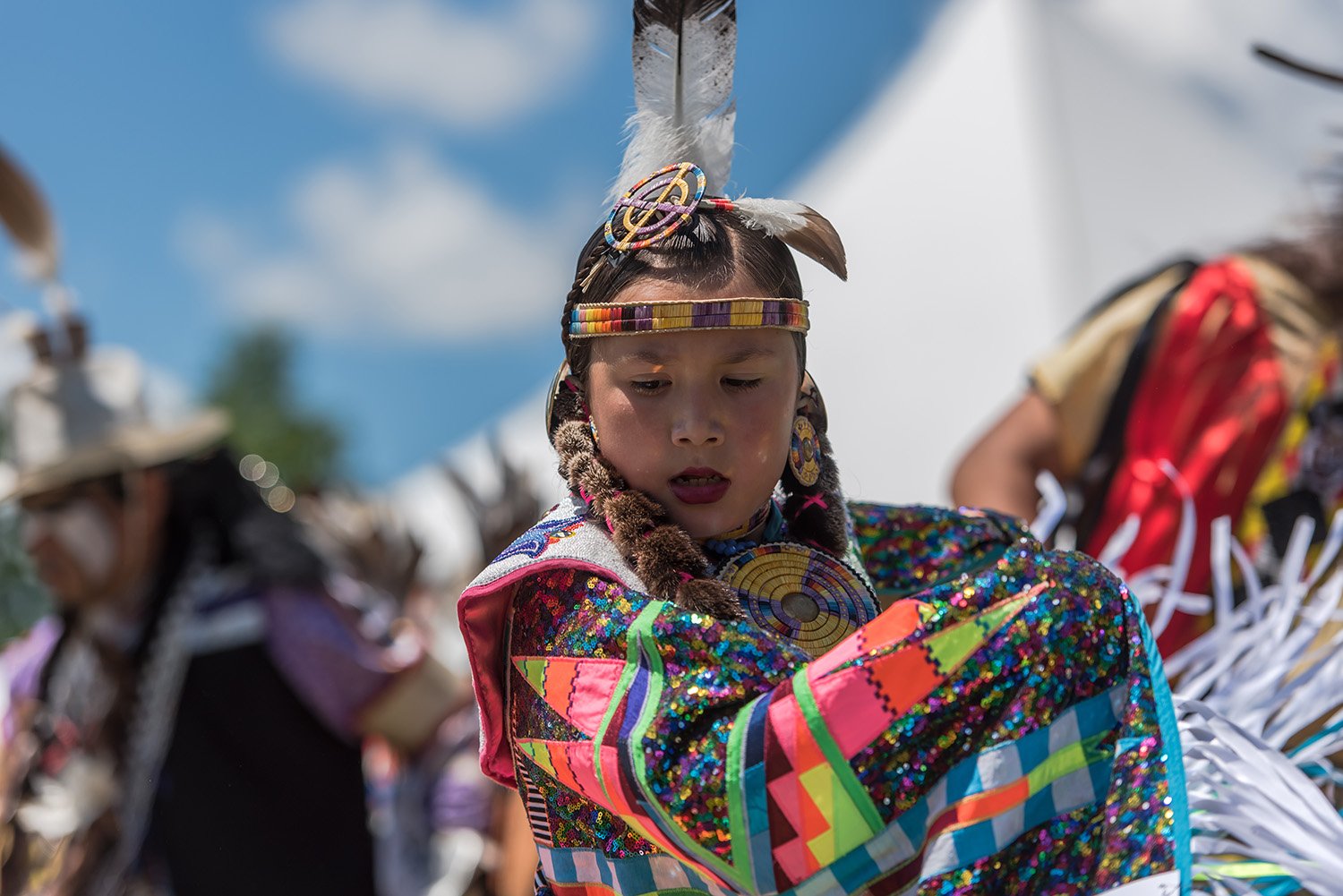Native American Heritage
November is Native American Heritage Month. It is a time to celebrate the culture, contributions and history of the peoples who were the original inhabitants of the United States.
In the past 36 years the Gathering of Nations has grown from an early, simple dream to one of the world’s most recognized annual festivals. Over 500 tribes from around the United States and 220 from Canada travel to Albuquerque annually to connect socially and compete in 36 dance categories as well as Miss Indian World.
Search for a Pow Wow near you, get tips on how to find out if you are Native, shop native and learn about Nine Famous Native American Women!
American Indians In Texas
According to the Texas Almanac, in 1900, the U.S. census counted only 470 American Indians in Texas. In 1990, there were 65,877. The statistics belie the fact that there is a much longer history of Indians in Texas. The state is filled with Indian names, as evidence – Cherokee County, cities like Waxahachie, Anahuac and Nacogdoches, and places like Caddo Lake and Comanche Peak.
Obviously, the 20th century has seen the return of a culture to Texas.
Before 1900, historians have estimated, more than 50 Indian "nations" roamed the prairies, or had more permanent settlements, in what is now the state of Texas. Tribes, clans, families, bands, alliances, confederations.
All these terms have been used to describe the various indigenous groupings that populated this region. Some, like the Karankawas and Jumanos, show up only briefly in modern history, having disappeared about the time of the first European settlement.
Often, two named "tribes" encountered by adventurers were actually the same tribe but labeled differently by French and Spanish.
In prehistoric times – as far back as 37,000 years ago, some anthropologists estimate – primitive peoples who are the ancestors of modern American Indians existed in Texas.
A burial site in the Permian Basin, dated to 12,000 years ago, was discovered in 1953 and the skeletal remains labeled "Midland Minnie." Lubbock Lake park is at the site of a primitive civilization dated to 12,000 years ago, as well. To continue reading visit: Texas Alamanac, American Indians in Texas.
Native-land.ca United States map.
Native-Land.ca offers an interactive map of Indigenous territories, treaties, and languages. The maps aim to visualize the complexity and diversity of Indigenous peoples, nations, and cultures.
The map, and the questions it raises, are designed to encourage the user to engage with the history of both Indigeneity and colonialism. Users can reach out to Indigenous nations through links provided, try to learn a little of the local language, or just dive into the history; in any case, the deeper purpose of Native Land is to plant a seed of consciousness in users that will cause users to think critically and comprehensively about Indigenous history, especially where they live and play.
Land Reservations
On February 6, 1854, the State of Texas allocated two parcels of land for two reservations in Young and Throckmorton Counties.
The 40,000-acre Brazos Reserve, just below present-day Graham, was home to Caddo, Waco, Anadarko, and Tonkawa tribes. On the Clear Fork of the Brazos in Throckmorton County, Penateka Comanches lived on the 18,576-acre Comanche Reserve. The federal Indian agent in charge of both reservations was Major Robert Simpson Neighbors.
These reserves represented the peak of Native American assimilation efforts in Texas. Neighbors felt that if his charges learned how to farm, acquired more education, and adopted Anglo life ways, they would successfully blend into the white man’s world.
Continue reading about the history of these land reservations....TexasHistory.com Texas Indian Reservations
Watch as Chester Brown, NCTC's CTE Advisor, shares his life story and Dr. Jahue Anderson, Tarleton History Professor expands on the local history of Wichita Falls and Nocona. To view a list of tribes and their history in Texas visit: Native American Relations in Texas Indian Nations of Texas. Today, only three federally recognized tribes have reservations in Texas, the Alabama-Coushatta, Tigua, and Kickapoo.
Learn More
A Conversation with Native Americans on Race, by the New York Times, grapples with the racist contradictions of a country that, many feel, would prefer it if Native Americans didn’t exist.
Learn a short list of Modern Terms for Understanding Native America for anyone who wishes to discuss the issues facing Native populations today.


